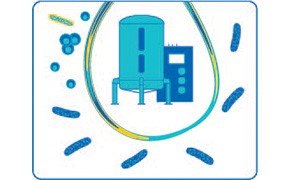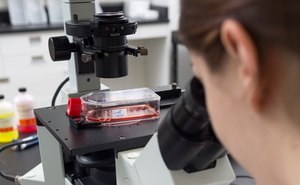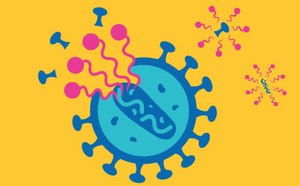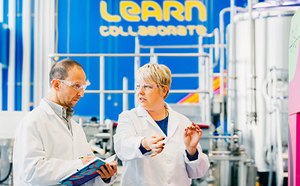Preventing Contamination in mAb Process
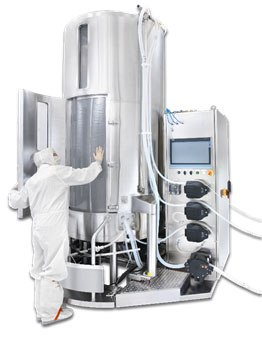
Bioreactors used for monoclonal antibody (mAb) production are at particular risk of contamination from adventitious agents. Contamination events interrupt manufacturing schedules, resulting in lost revenue and potential disruption of drug supply. Traditional measures to prevent upstream contamination focus on careful sourcing and selection of raw materials, comprehensive testing for the presence of viral contaminants, and implementation of technologies that prevent virus from entering production processes.
High-profile viral contamination events have led biomanufacturers to re-examine risk assessments around viral safety. As a result, many biomanufacturers are implementing additional measures upstream of the bioreactor to mitigate the risk of viral contamination.
Featured Categories
Safeguard upstream processes with effective cell culture media filtration. Choose the right media filter to prevent bacteria or mycoplasma contamination.
Streamline cell line development with our off-the-shelf systems. Cut time, costs, & risks in producing antibodies, proteins, & gene therapies. Advance your process.
Enhance biopharma safety and compliance with our viral inactivation solutions, including sustainable detergents, low pH treatment, and viral clearance testing services.
Our off-the-shelf and customizable bioprocessing cell culture media (CCM) products enhance productivity in upstream mAb, vaccine, gene/cell therapy processes.
HTST Pasteurized Glucose
Glucose is a critical component of many cell culture media and is generally regarded as a high-risk raw material for viral contamination. This high-risk designation arises from the plant origin source (sugarcane or beet fields), coupled with its innate attractiveness to virus-carrying rodents. High temperature short time (HTST) pasteurization of glucose solutions enables robust clearance of viruses with high physico-chemical resistance. This point-of-origin solution mitigates the risk of viral contamination in high-risk cell culture media components, without compromising cell culture performance.
Virus-Retentive Filters for Cell Culture Media
Filtration is a familiar, easy-to-use technology that can be implemented to reduce the risk of bioreactor contamination. The advantages of virus-retentive filters designed specifically for efficient processing of cell culture media include:
- Removal of both enveloped and non-enveloped viruses, in addition to bacteria and mycoplasma
- Improved process economics compared to use of downstream virus filters
- Maintained cell culture performance
Non-Animal Origin and Chemically Defined Raw Materials
Contamination often originates from raw materials and animal-derived components, such as bovine serum or trypsin. Raw materials and animal-derived components at high risk of virus contamination can be replaced with lower-risk alternatives, such as chemically-defined cell culture media and non-animal origin recombinant supplements.
Genetically Modified Virus-Resistant CHO Cell Lines
The risk of bioreactor contamination with an adventitious virus, such as Minute Virus of Mice (MVM), is a challenge for all biomanufacturers. Chinese Hamster Ovary (CHO) cells that are resistant to MVM infection have been developed and are a powerful tool to prevent bioreactor contamination.
Visit our document search for data sheets, certificates and technical documentation.
Related Articles
- Viral safety in bioprocessing relies on a framework of (1) preventing contamination, (2) detecting contamination, and (3) removing or inactivating viral contaminants.
- Multivariate data analysis (MVDA) makes possible a proactive, real-time approach to monitoring, controlling, and predicting quality and productivity in biomanufacturing. The use of proven software with guided PCA and PLS model creation means you don’t need to be a data scientist to explore and analyze your data.
- Key aspects of single-use assembly qualification including quality by design (QbD), quality risk management (QRM) and operator handling and training.
- Before adoption of single-use technologies in biomanufacturing, manufacturers must assess the risk to the drug product from potential leachables. This article highlights a general approach based on the United States Pharmacopeia (USP).
- Discover how low-impurity iron sources improve reliability and performance in recombinant protein production with EX-CELL® Advanced medium.
- See All (15)
Find More Articles and Protocols
How Can We Help
In case of any questions, please submit a customer support request
or talk to our customer service team:
Email custserv@sial.com
or call +1 (800) 244-1173
Additional Support
- Chromatogram Search
Use the Chromatogram Search to identify unknown compounds in your sample.
- Calculators & Apps
Web Toolbox - science research tools and resources for analytical chemistry, life science, chemical synthesis and materials science.
- Customer Support Request
Customer support including help with orders, products, accounts, and website technical issues.
- FAQ
Explore our Frequently Asked Questions for answers to commonly asked questions about our products and services.
Workflow
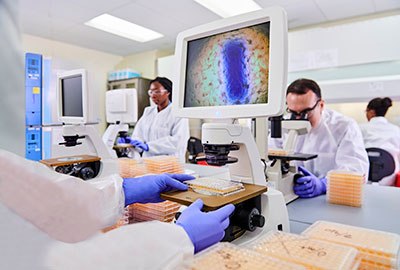
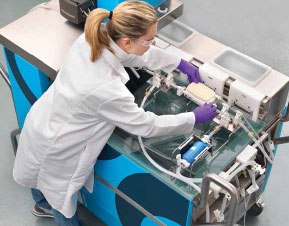
Removing Viruses Downstream
Implementation of technologies to remove or inactivate viruses and execute clearance studies that demonstrate process safety.
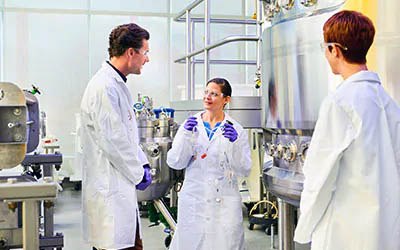
Monoclonal Antibody Manufacturing
Monoclonal antibody manufacturing is a highly templated approach used to produce mAb-based immunotherapies. Robust, scalable process solutions are required at every step to ensure high therapeutic concentration and process safety, while meeting speed-to-market and cost containment concerns.
To continue reading please sign in or create an account.
Don't Have An Account?